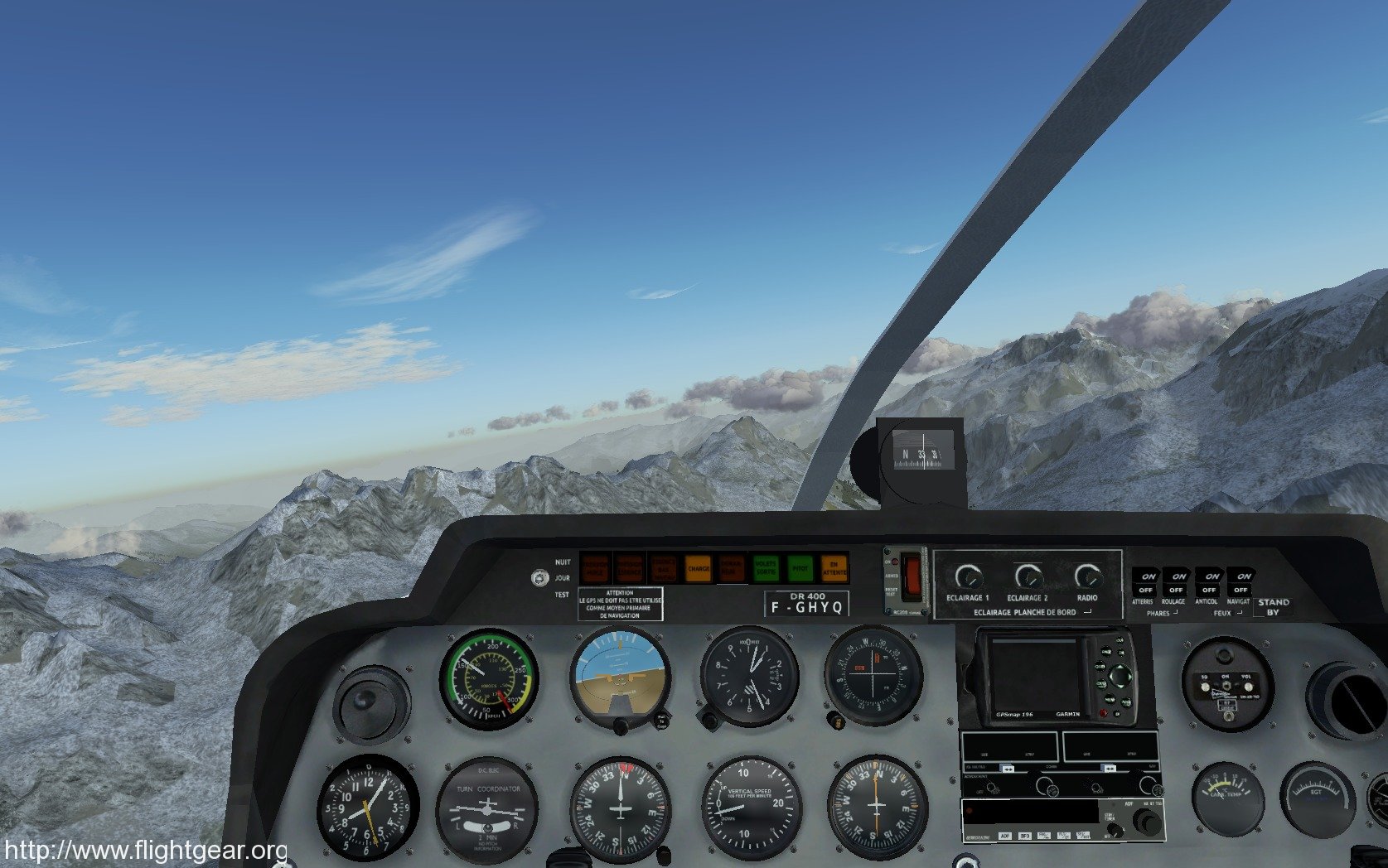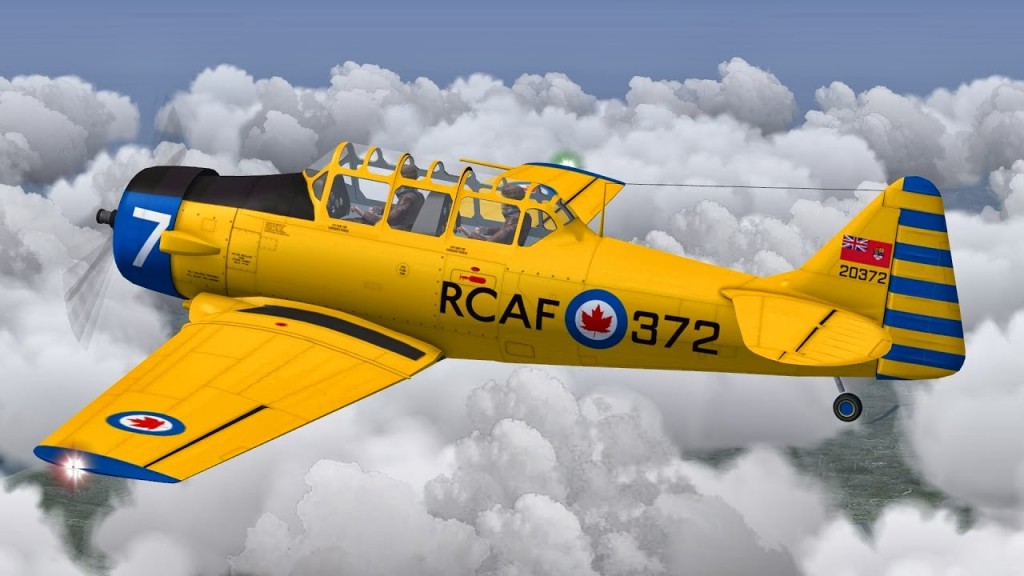

To be able to slowly lift the plum off the ground we need to be able to adjust the rotor blades to have more or less angel of attack (AoA) so they press more air from above the plum to below the plum, in order to make it move upwards. (Since the plum does not have much friction on the table it does yaw very easily on ground, just like some FG models but unlike real helis (except they're floating on water or such).)


The tail rotor is pointing to the opposite direction as the fuselage, along with the engine, does yaw because of the main rotor's air drag. Therefore we stick a toothpick into the plum, pointing horizontally away, and mount a small rotor at its other end and calling it a tail. But because the air is a drag to the spinning rotor blades, the engine needs something to hold on to or it will rotate to the opposite direction as the blades do. To make our rotor spin we need an engine which we carve out of the plum's stone. To make it move upwards and hold altitude, we need to imaginary attach a rotor to its top. Imagine it is lying in front of you on the table. Most important things to know to fly a helicopter are its controls and what they are doing 'exactly' and to understand the whole concept. Option might be zooming out in Cockpit View (drawback: instruments are getting unreadable), using a multi screen setup (if one has the descent hardware), in Helicopter View (but that is not "like real") or any setting that suits you well. Finding a setting to have a good view on the horizon is a good preparation to learn on any rotorcraft you never have flown before. Such as a change in wind speed or direction and in which direction the fuselage urges if a control input by the pilot takes place. It is not delayed and seeing its motion compared to an object in the cockpit, or some other part of the heli, helps seeing forces applied to the heli. The most important 'instrument' here is the real horizon. So, if one does not have a motion platform attached to FG, first thing to do is to compensate the missing Popometer with some display settings. The most important instrument is the "Popometer", Niki Lauda once said. The way I drive any apparatus, such as bicycles or cars, is to feel its movements and then act accordingly to make it doing my will. And because air is a inconstant medium, parameters practically change continually. A change on any one of the physical parameters requires one or more control input to compensate. With that knowledge one is able to learn to control many helis relatively easy.Ĭompared to planes, rotorcrafts need much more effort on the controls to keep it straight all the time. I am just looking at the general physics of helicopters, which basically applies to most types. I have no idea about learning to fly helis IRL. Now I don't have the time anymore to complete and revise it. Since I did not see a chance to get back rights to edit articles soon, I stopped working on it.
#Collective flightgear update
If the aircraft pitches forward while moving the collective (I see this alot more in V1.0.0 than in V.9.1.0), bring your joystick back (this is your cyclic) to compensateĮventually you should get off the ground.Subsequent a draft of an update to this article which I wrote while I was excluded from the wiki because of the mail server incident. If you don't have yaw controls, click on the 'Auto-coordination' box in the Flightgear Wizard before you click the 'run' button If you have a twist-joystick, or pedals, move these controls to stop the yaw that will typically occur. Soon you'll see the aircraft begin to move.
#Collective flightgear full
The throttle is actually your collective and is at its minimum position when full up. If you're using a joystick with a throttle (which is far more preferable to use than pg-up/pg-down keys), put it to its maximum. The other needle, takes a bit of time to reach optimal speed (that's the rotor speed indicator) One will reach optimal speed relatively quickly (That's the engine speed). You'll typically see 2 needles in one of the dials.

After you press '}', wait for the rotors to reach there operating speed.


 0 kommentar(er)
0 kommentar(er)
